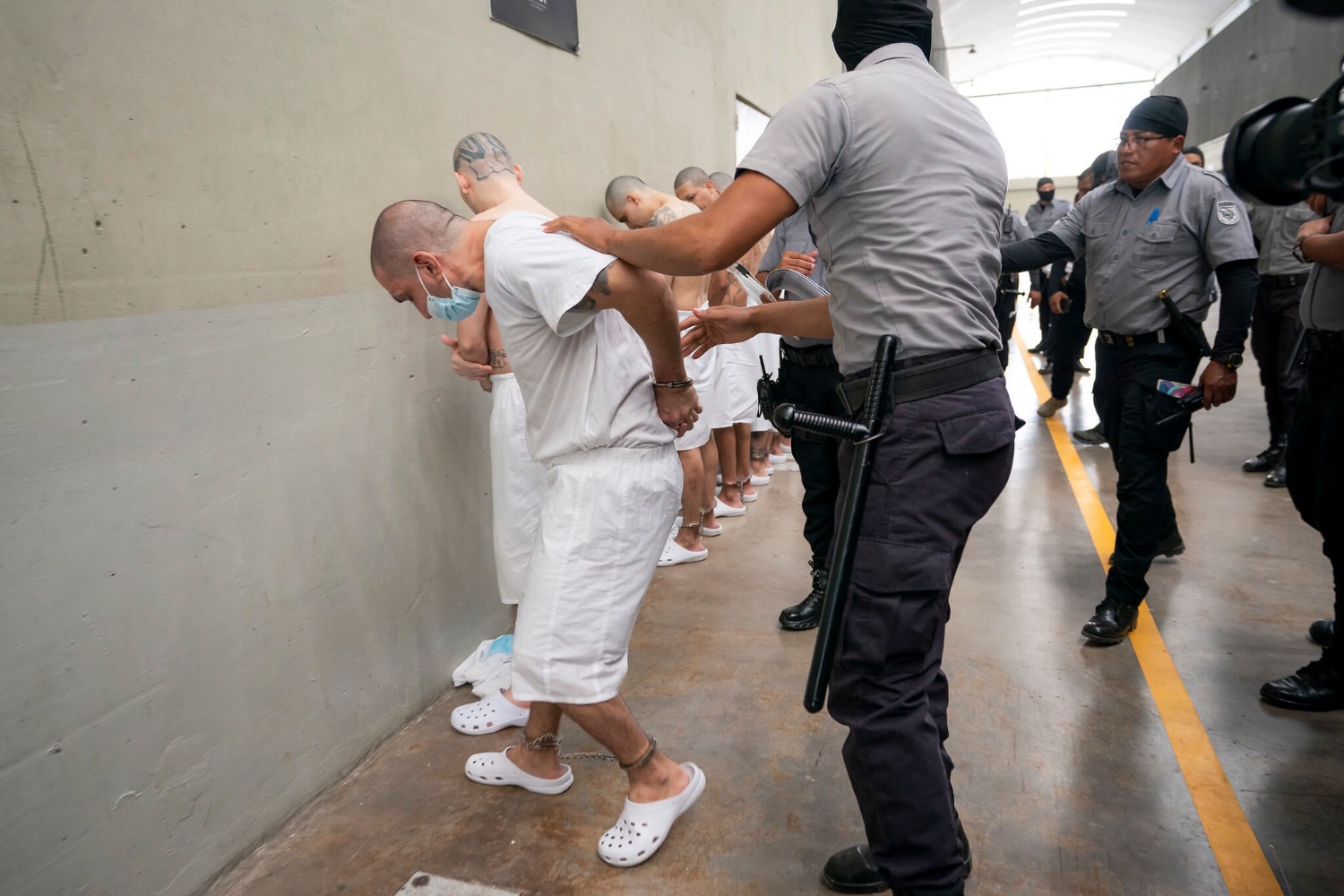The Scope of the Supreme Court’s Decision in IRAP v. Trump
On Saturday, I sketched out six possible outcomes of the Supreme Court’s review of the travel ban cases. The Justices chose door number seven. In an unsigned, per curiam opinion, the Court granted certiorari in both IRAP v. Trump (4th Cir.) and Hawaii v. Trump (9th Cir.), with arguments scheduled for October.
Published by The Lawfare Institute
in Cooperation With

On Saturday, I sketched out six possible outcomes of the Supreme Court’s review of the travel ban cases. The Justices chose door number seven. In an unsigned, per curiam opinion, the Court granted certiorari in both IRAP v. Trump (4th Cir.) and Hawaii v. Trump (9th Cir.), with arguments scheduled for October. More importantly, the Court stayed the district court’s injunction of President Trump's travel ban “with respect to foreign nationals who lack any bona fide relationship with a person or entity in the United States.” Likewise, the refugee ban could go into effect for refugees who “lack any such connection to the United States.” The Court provided examples of what constitutes a “bona fide” relationship to make clear it includes aliens with pre-existing familiar, employment, or scholastic relationships with persons or institutions in the United States. Justices Thomas, Alito, and Gorsuch noted in a separate opinion that they would have allowed the executive order to go into effect in its entirety.
This decision is not a ruling on the merits, but the Court’s decision to exempt certain aliens from the travel bans mirrors, almost to a tee, the system of waivers included in the revised executive order. The primary difference is that under the executive order, such aliens would have to demonstrate an undue hardship; under the Court’s order, such hardships are presumed. The net result, however is the same: a fairly small number of aliens, with no bona fide connection to the United States, would actually be subject to the ban. In short, the Court agreed to a balance of hardships that is more-or-less what the Trump administration envisioned.
President Trump’s March 6, 2017 executive order, would have implemented a travel ban for foreign nationals from Iran, Libya, Somalia, Sudan, Syria, and Yemen. This ban, however, was riddled with exceptions. Section 3(b) specifies six categories of people who were not subject to the travel ban, including lawful permanent residents, dual nations, and refugees who had already been admitted. Furthermore, Section 3(c) vests consular officers with the “discretion” to grant waivers beyond those aliens categorically exempted “on a case-by-case basis” if, among other things, “the foreign national has demonstrated to the officer's satisfaction that denying entry during the suspension period would cause undue hardship.”
While the phrase “undue hardship” is not defined, Section 3(c) provides nine examples where “case-by-case waivers could be appropriate.” In light of the Supreme Court’s order, three are especially relevant. Section 3(c)(i) provides potential relief for “the foreign national [who] has previously been admitted to the United States for a continuous period of work, study, or other long-term activity.” Section 3(c)(ii) concerns a “foreign national [who] has previously established significant contacts with . . . for work, study, or other lawful activity. Section 3(c)(iv) involves a “foreign national seeks to enter the United States to visit or reside with a close family member (e.g., a spouse, child, or parent).”
These specified discretionary variances track the per curiam Court’s definition of what constitutes a “bona fide” relationship.
First, according to the executive order, those aliens with relation to a “close family member” are allowed to enter. The Court explained:
The facts of these cases illustrate the sort of relationship that qualifies. For individuals, a close familial relationship is required. A foreign national who wishes to enter the United States to live with or visit a family member, like Doe’s wife or Dr. Elshikh’s mother-in-law, clearly has such a relationship.
This discussion of “bona fide” potentially represents a slight expansion from the executive order, which was restricted to close family members like “a spouse, child, or parent.” The closeness of the familiar ties will be resolved by the lower courts, in light of the fact that, for example, second cousins cannot generally petition for visas in the first place.
Second, under the executive order, those with pre-existing “significant contacts” with respect to “study” would be likely allowed to enter. The Court noted: “The students from the designated countries who have been admitted to the University of Hawaii have such a relationship with an American entity.”
Third, under the executive order, those with pre-existing “significant contacts” with respect to “work” would likely be allowed to enter. Likewise, the per curiam decision explained: “So too would a worker who accepted an offer of employment from an American company or a lecturer invited to address an American audience.”
Like the executive order, the Court’s decision specifically excluded those who lack a pre-existing relationship:
Not so someone who enters into a relationship simply to avoid §2(c): For example, a nonprofit group devoted to immigration issues may not contact foreign nationals from the designated countries, add them to client lists, and then secure their entry by claiming injury from their exclusion.
In sum, the per curiam decision limits itself to an equitable analysis, but the effect of the decision is to adopt, with some tweaking, the Trump administration’s balancing of the hardships: those without bona fide relations would be denied entry, those with such relations can enter. In effect, the Justices have codified these discretionary waivers. (I long expected those waivers would be issued mechanically, so the number of foreign nationals denied entry would in fact be very, very small.) Aliens subject to these categories no longer need to demonstrate to the government’s satisfaction that there is an “undue hardship.” But now the sorts of people the government sought to exclude will be excluded, and the sorts of people the government sought to waive in will be waived in. This outcome roughly parallels how the second executive order was contemplated.
***
I see the Court’s decision as something of a compromise that leaves Chief Justice Roberts and Justices Kennedy, Ginsburg, Breyer, Sotomayor, and Kagan happy, or if not happy, not sad. Without recorded dissent, the sextet blessed a solution that would allow President Trump to deny entry to roughly the same group of people the executive order sought to ban. Moreover, by the time the case is argued in October, the 90-day review period will have run, and the case will likely become moot. At that point, under the Munsingwear doctrine, the decisions of the Fourth and Ninth Circuits will be vacated. This approach would thus have the effect of (1) giving President Trump more or less what he wanted; (2) eliminating the flawed decisions from the lower courts; and (3) prevent the Justices from having to engage in the thorny constitutional questions. This 16-page per curiam decision may be the Court’s last discussion of the second executive order. That is, unless President Trump issues a third, permanent executive order in three months, in which case the same core legal questions will return to the fore.



.jpg?sfvrsn=676ddf0d_7)

